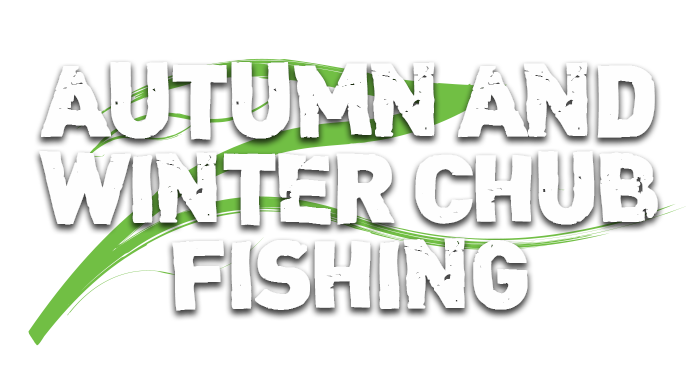
Wintertime is when chub are at their biggest weight, and it is without doubt my favourite time to be out on the river chasing them. The end of the last 2019/20 season, was a bit of a washout to say the least, so who knows what is in store for us this winter. Certainly, my favourite method for Chub is catching them on the float, but as most of my fishing is done after work, in the dark, it is not possible to fish like that.
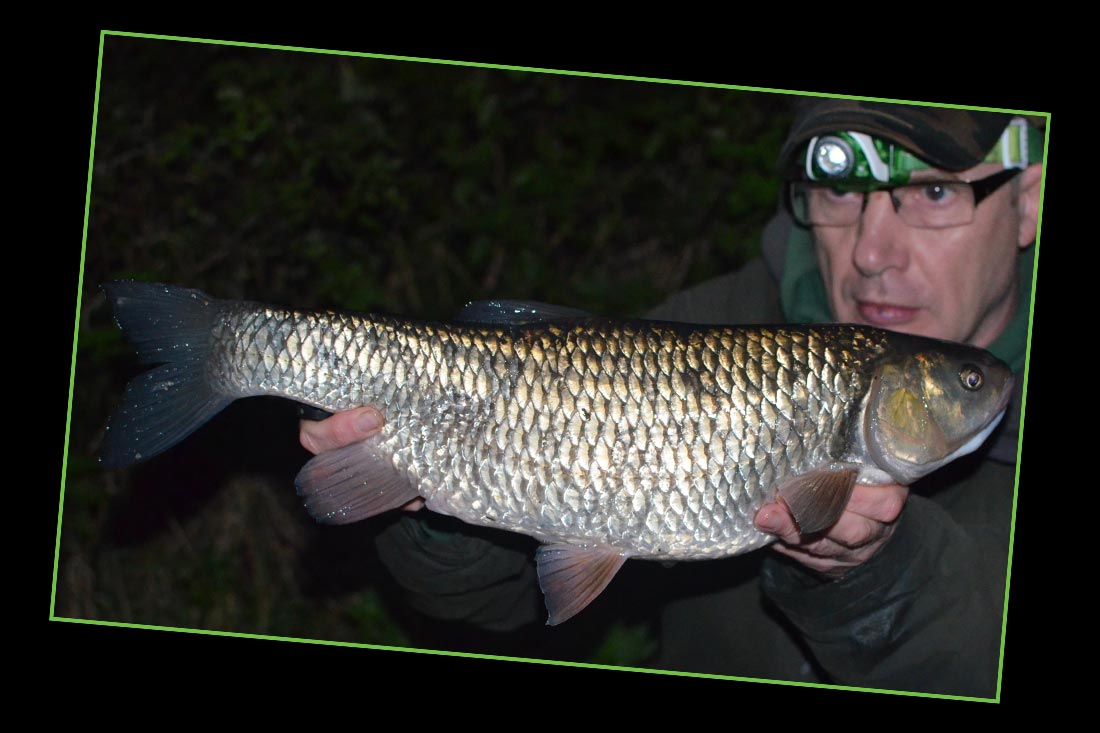
My autumn and winter chub fishing is something I mainly do after work, and I will squeeze in a few trips at weekends too. Wherever I go, I do not usually get down to the river until it is nearly dark. Luckily, having fished the two local rivers for years, I more or less know the areas I am going to be fishing. To help with this, every summer I will start to check these areas out, just to see what has changed in the winter floods from the year before, building up a picture ready.
Summertime is the best time for fish spotting, as the river will be running clear most the time. Big chub often giving themselves away, so it is not usually too hard to find them. Early in the morning, during the evening or in the afternoon sun are all great times for fish spotting. Look at shallow glides, under trees and bushes, these are all good places to find big chub. They will stay out the way as soon as they see you, drifting back into the shadows, often into deeper areas. At times some fish can be almost resident, so it is worth making a mental note of these spots to come back to later in the year when the river is up.
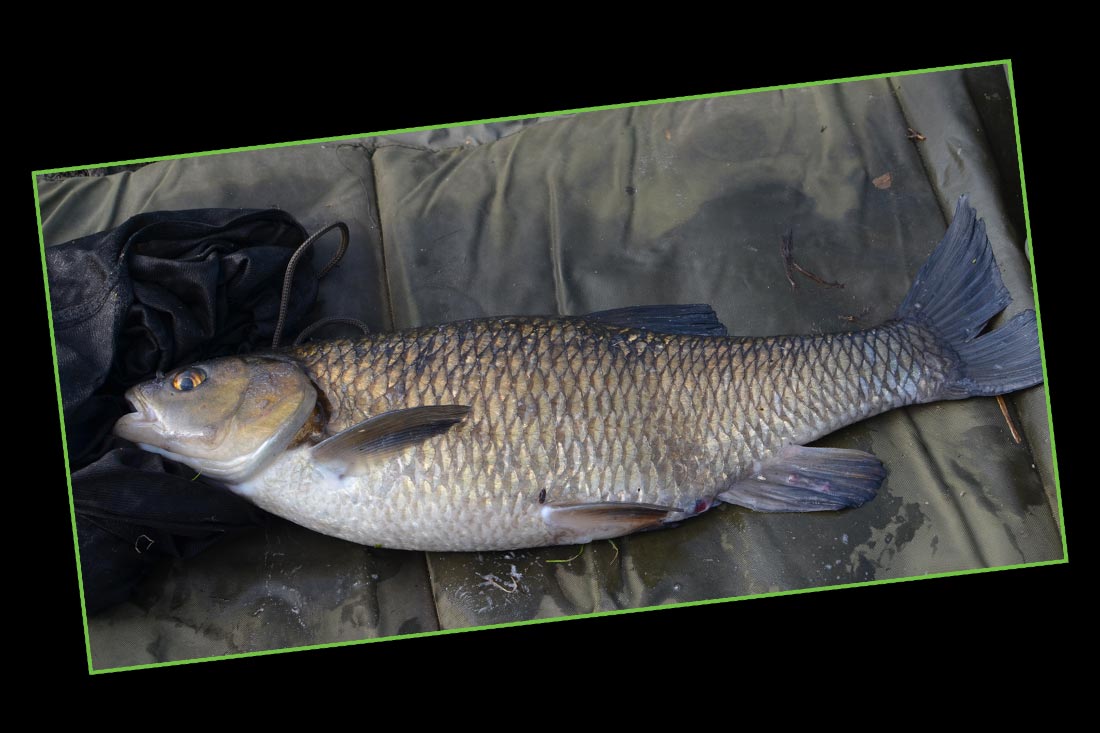
From my observations, I have found chub in shallow areas to be very nomadic, especially those found on stretches of the Hampshire Avon. They always seem to be on the move, travelling short or long distances on a daily basis and never really settling for any period of time.
A few autumns ago, I had been catching a lot of fish from a very shallow margin swim. Whenever I fished the swim, I had a system of putting a rod out first, never looking in the water or walking along the bank, because as a rule once you showed yourself the fish would be gone. On this occasion I did not stick to my own rules and paid the ultimate price, and it still haunts me to this day.
I was convinced the swim’s best days had gone and honestly did not expect to see another decent sized fish in it, and therefore was planning to fish another spot. That day, I walked up to the water and carefully looked over the grass bank and the gravel run was bare of fish, just as I thought it would be.
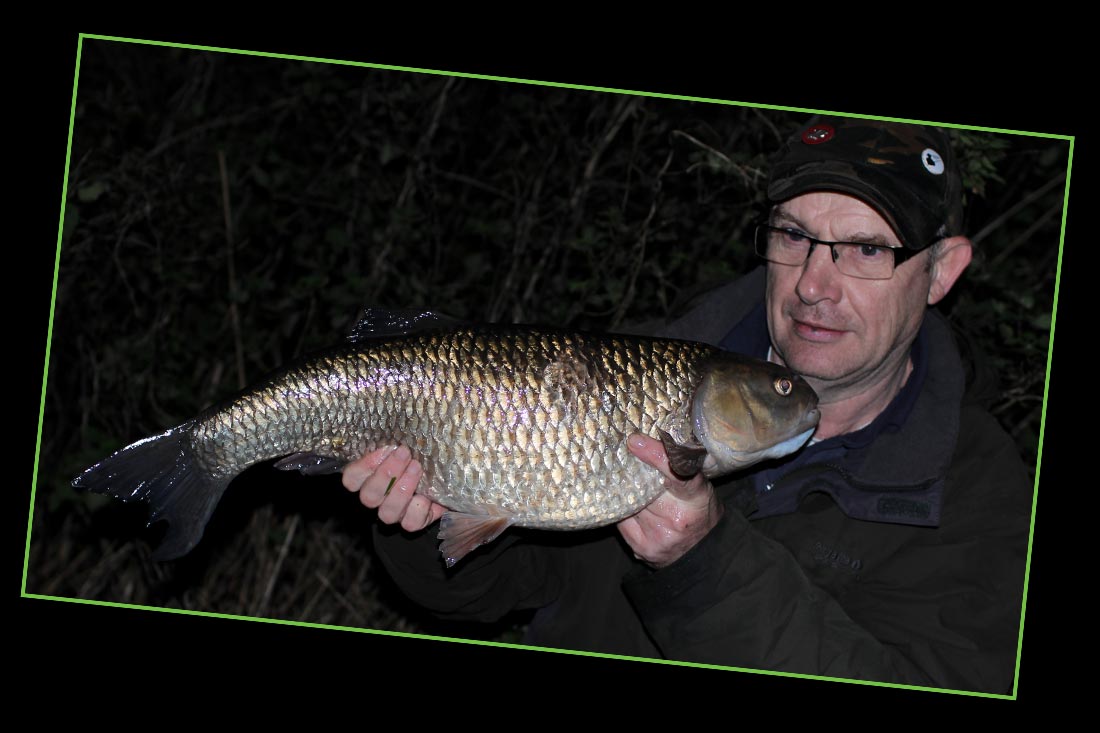
Sticking to my original plan I dropped a hand full of boilies in, then dropped my tackle 20 yards away back from the river, hidden in the long grass out the way. Then I walked down stream, maybe nearly half a mile, to bait up the swim that I was originally planning to fish. It was a much deeper swim, so I put a few baits in and had a good look, then decided to go and get my tackle. Just before I loaded my tackle up, I had another look at the shallow run, popping my head over the edge of the bank. In bright sunlight there was a massive pristine chub looking like a wood carving, picking up my boilies! I have seen 8lb chub on the bank and in the water and that fish had 8lb written all over it. It was perfect in every way.
I had made a big mistake by not getting my rod out first, because as soon as it saw me it was off. I was understandably devastated when I saw that amazing opportunity slipping away. That was it, I was not going to be walking past this spot, so quickly and quietly I set up my gear, always keeping well back from the river and staying hidden away. Most other anglers I have seen fishing this area would nearly always setup right on the water’s edge, so every fish for miles can see them. Staying off the skyline is one of the first things my father taught me when we were stalking Barbel on the river Windrush back in the late 60’s and it’s hugely important.
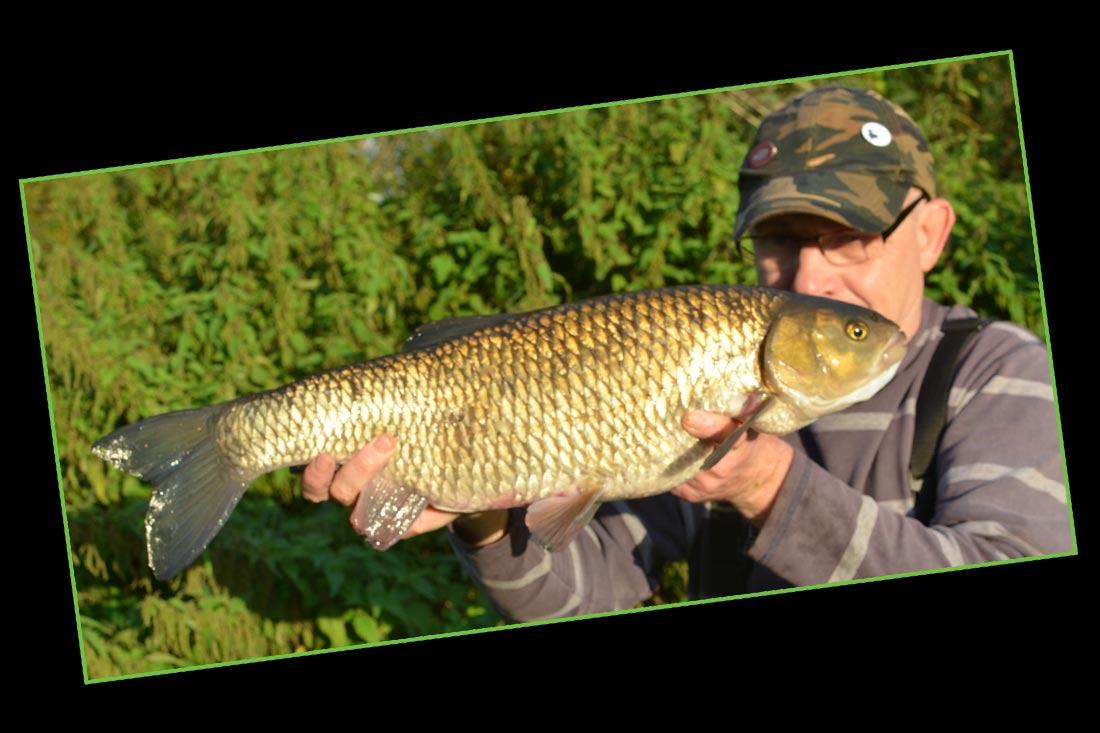
Well, I fished till 11 o’clock that evening and never saw that fish again, not even to this day. I know that if I had been in position first, then I would have had a chance. This was a good few years ago and in that time, I have spent a lot of time walking the banks of that particular stretch, and I can only assume it was a completely nomadic fish, and maybe uncaught.
In my opinion, at the start of autumn and winter, when the rain and flooded higher water levels start arriving it can be the easiest time to catch big chub. It really is not that difficult; I like the river to be just inside the banks, but if it is just flooding into the fields that is fine too.
Going back to the summer, I will have already checked out all the slacks and made a note of them. Summertime slacks can often be where the shoals of bream sit. Come wintertime they are like lay-bys on the motor way, the motor way being the hard-flowing river. This is where the chub will also sit at times, right under the bank, and the harder the flow the fewer there are of these spots.
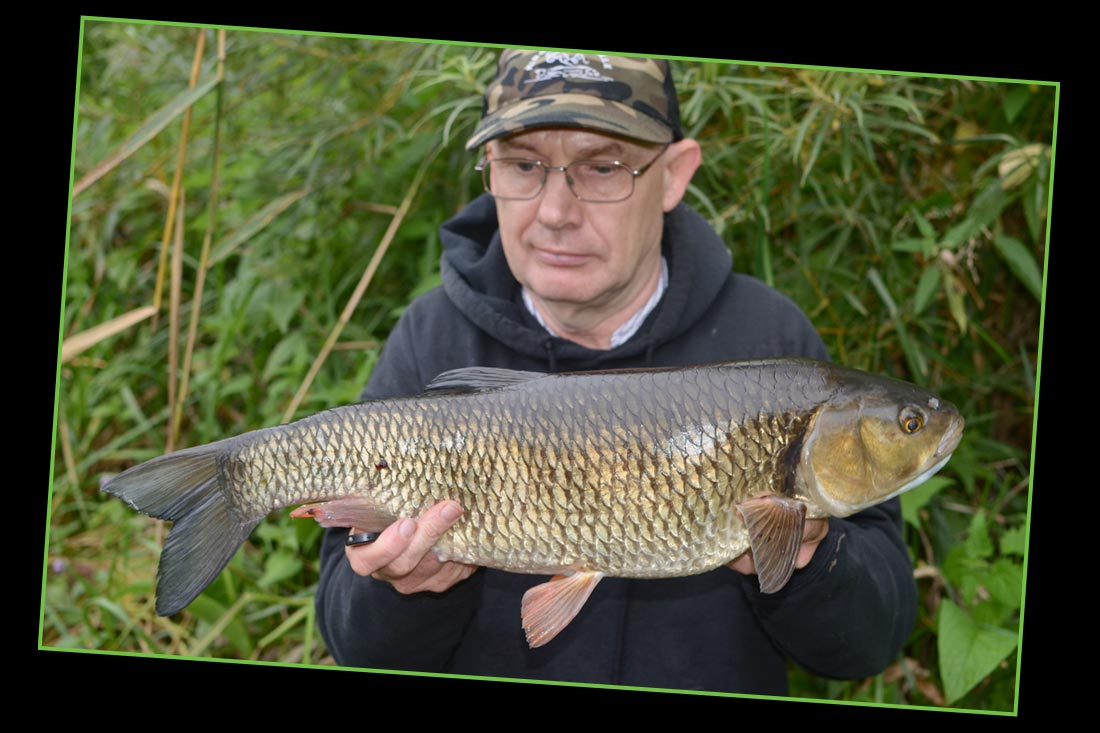
There are normally two or three spots like this on any decent stretch of river. You do not need to over bait these spots, as the chub will be sat in these areas already, trying to avoid the main heavy flow. Dropping in a rig and bait, along with a MicroMesh PVA mesh bag of baits will normally be enough for you to get a bite. Ideally, you could spend an afternoon finding these spots, dropping a little bit of bait in each one and then return the next day.

Another good reason to fish a flooded river is that the banks are normally empty of anglers. Most anglers will not bother in these conditions. It is a time when the bigger fish tend to carry on feeding and the smaller fish do not, giving you a greater chance of catching a monster.
Moving into winter which, as I previously mentioned is when I mainly fish after work, I am quite particular about where I go. I think the perfect stretches for really big chub are areas that holds fewer Barbel. There are some stretches like this on the two different rivers that I fish, and the chub seem to be far bigger there. I feel this is due to the chub benefiting from less competition for food and in this scenario, there are far more chub over the six-pound mark. The stretches with more Barbel seem to hold a lower average size of chub.
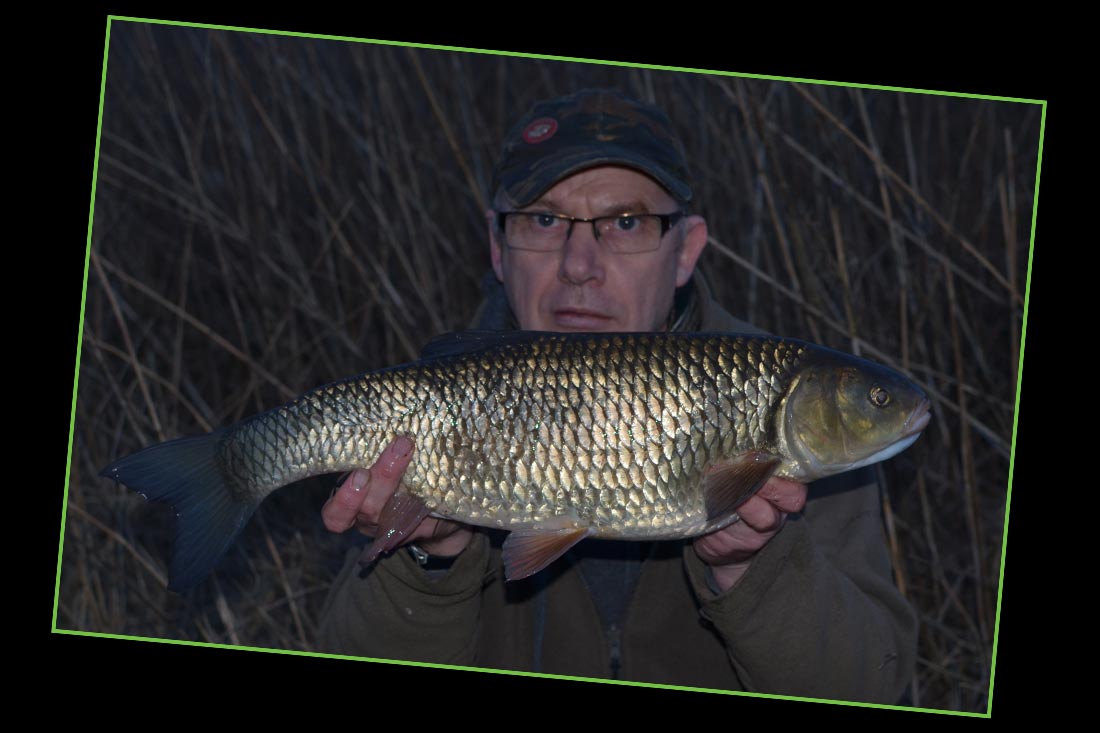
I use boilies for all my after dark Chubbing. My main bait of choice is Bait-Tech Poloni dumbbell boilies, that are hardened, I will leave my hook baits soaked in Poloni Oil for months on end. Honestly, I prefer to use shelf life boilies so I can leave my bait permanently in my car, taking the rods and rucksack out at night-time for security reasons.
Like most people I have a daytime job, finishing work at 16:45, that means leaving work in the dark, or just before. The Dorset Stour is close to where I work, but if I am chub fishing on the Stour, I prefer to be setup and fishing before dark as I feel the chub feed better during the fading light. So, within time constraints, I feel the best option for targeting big chub is often the Hampshire Avon, as the chub seem to feed much later there.
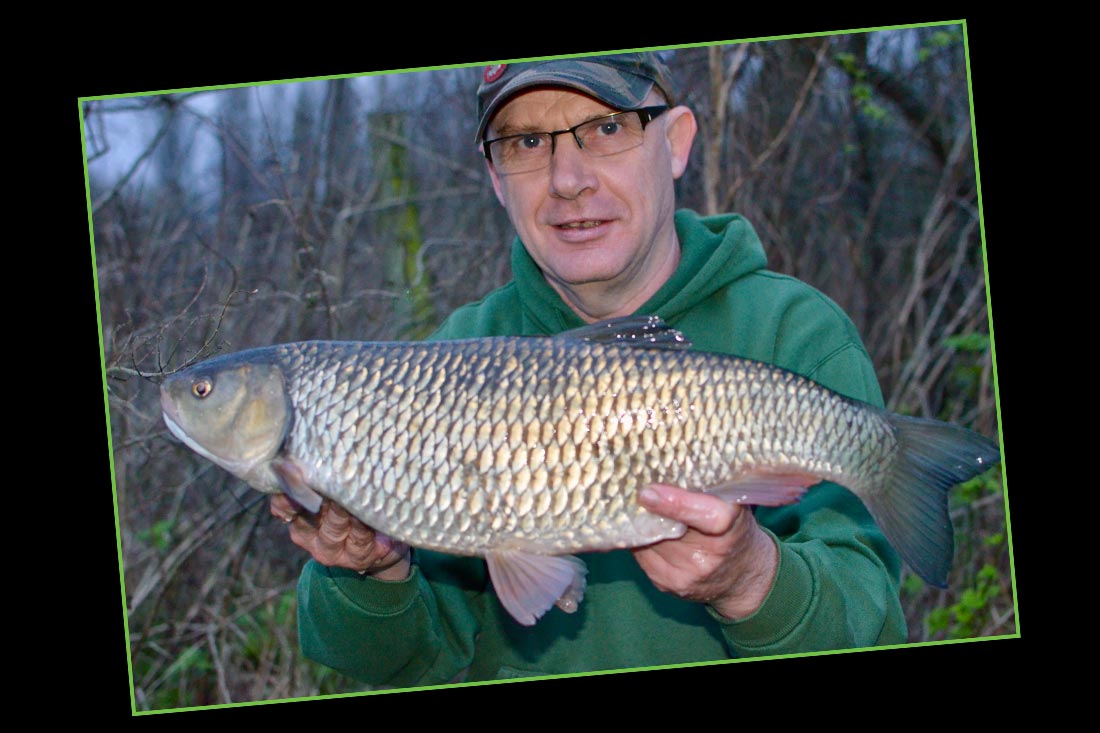
You must have a really positive mindset to drive 30 to 45 minutes every evening after work, changing into your fishing clothes and unloading your fishing tackle and humping it along the wet muddy riverbank in the dark.
For me setting up in the dark and finding a swim is like a work of art and needs to be well planned in advance. I feel it is pointless just turning up and fishing any swim.

Swim selection, plumbing and pre-baiting needs to be done in advance too. I find spots I like at the weekends and introduce some bait into them. I have a long list of swims that I have caught big chub from in the past, with my target fish being over 6lb plus these days. I do not waste my time taking the camera out the bag for anything less than that! This may sound a bit arrogant, but I do not want the camera flash giving my chub swim away to other anglers, otherwise I will have to start the process of finding a good swim all over again. So, for this reason I try and show some control when I catch a 5lb 15oz chub, by leaving the camera in the bag. Finding and prepping these swims is really hard work, so I really want to get the best out of them before I give the game away.
It is also just as important not to be seen baiting these swims, as there is a good chance you will find another angler sat in there the next time that you go to fish your carefully baited swim. If you want to keep catching big fish consistently, it pays to keep these swims hidden.
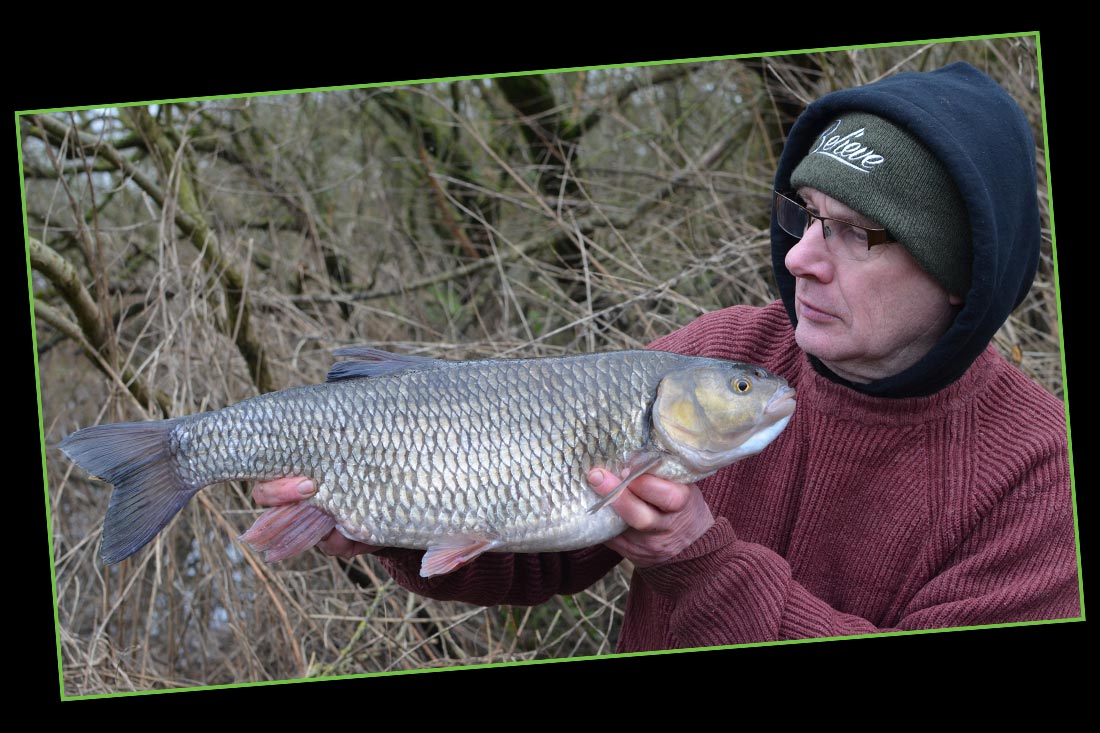
How I start baiting the swims very much depends on the area I have decided to fish. If there is a chance someone might fish the swim, I will bait with Poloni boilies in the hope that the fish will be selective and just eat my bait. If it is a remote area, then I can use different options. If I am pretty certain no other anglers are going to turn up there, I will put a tin of Bait-Tech Super Hemp in, mixed in with 1lb to 2lb of broken and crushed Poloni boilies and just a handful of whole boilies. It is especially important not to over bait, and it is often worth ‘teasing’ them with small balls of ground bait.
Before I start baiting a swim, which I would have identified at the weekend, I will watch the weather carefully and look for a good mild period coming or a long cold spell. Chub on most rivers will feed in most conditions, but for me it is important for it be consistent. When I am happy with the upcoming conditions, I will go down the night before and bait the swim in the dark, as I want the fish to know the feeding time. While I am there, I will check the water temperature with a gauge that I always carry with me, repeating this the next night before starting to fish just for my own peace of mind, hopefully confirming that I have got things right. If the water temperature is rising then I know I have a good chance and will stay as late as I can, even on the first night after baiting up.

On the Avon I tend to sit it out in the same swim for a few evenings, until I either catch or I feel convinced that the swim is empty. If I am fishing a river like the Dorset Stour, I tend to bait a few swims and give them all about forty minutes each.
I’ll use a head torch to set up well away from the bank, then walk up to the water in stealth mode. Putting my rod sets in place as quietly as I can and doing what I always do, by putting in four whole boilies and doing the four-bait plop to clear the swim. I then drop in my baited rig with a cut down Poloni dumbbell and attach a Gardner MicroMesh PVA mesh bag and feel for the drop as the lead hits the gravel. As I set the rod I’m being careful not to over tighten the line, so the Pin Down back lead is flat on the bottom.
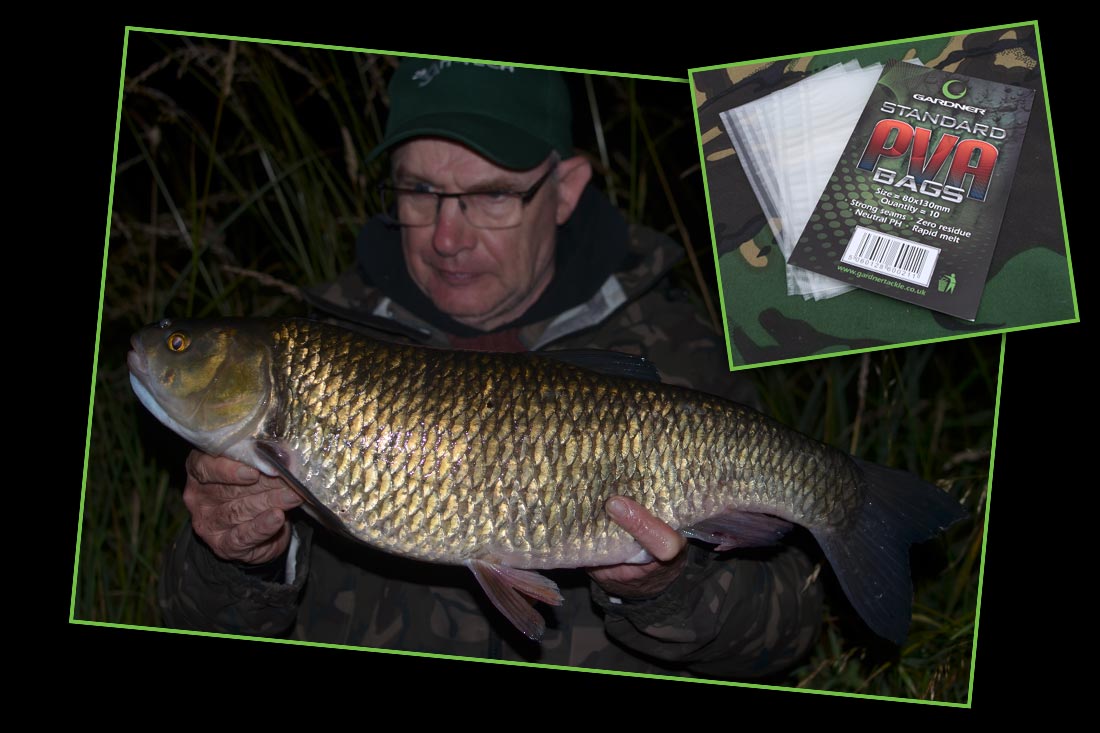
When I think there aren’t any Barbel about I will not bother with the Pin Down lead, or even a back lead, and tighten the line bending the rod tip round just enough to not move the lead. This means that as soon as the Chub dislodges the lead, as it attempts to mouth the bait, the rod tip will spring back setting the hook. Of course, this method relies on an absence of debris coming down the river.
Fishing strong rivers at that time of the year, you are going to have to step up your leads to hold bottom. I try and get away with a two-ounce lead and, if needed, a Gardner flying back lead of maybe seven grams in weight. At times I have had to use a combined weight of seven ounces when the river is in high flood (with it more or less in the fields) and that was whilst actually fishing the slacks! I was necessarily using more weight just to stop the rig being dragged down stream by the constant barrage of branches and weed coming down on the current. That setup consisted of a 4 ounce main lead on a Gardner Lead Clip system, along with a one ounce Pin-Down Flying back lead mentioned before, plus a clip-on back lead at the end of the rod tip of two ounces!

I watch the rod tip in the dark using just the one isotope, positioned just below the tip to avoid tangles. I eat my tea while I am sat there, so a bite alarm is a handy item as there is a good chance, I will have to take my eyes off the rod tip at some point. Whatever the time of year, when I’m fishing bolt rigs I use a bobbin for most of my chub fishing as a good percentage of my bites can be back drops.
After I have dropped the rig into position, I will break about ten boilies in half and flick them in the swim, they will flutter through the water layers and drop-down stream leaving a trial for the chub to follow. In a heavy flow you can drop them right under your feet or even a few yards up stream of your position to hopefully avoid them travelling to far down stream.
I am fishing on limited time, so to avoid keep casting feeders out I use a basic, but very-effective rig, that is adjusted on a regular basis to avoid getting chub pulls. I only look for one or two bites and then I will rebait and rest the swim until the next evening. On the way home I will also bait up another swim, in preparation for when the current swim goes dead. I mainly use one rod and carry two landing nets. This means that if I catch a decent fish, I can leave it in the net and get the rod straight back out, knowing I have a spare landing net to hand.
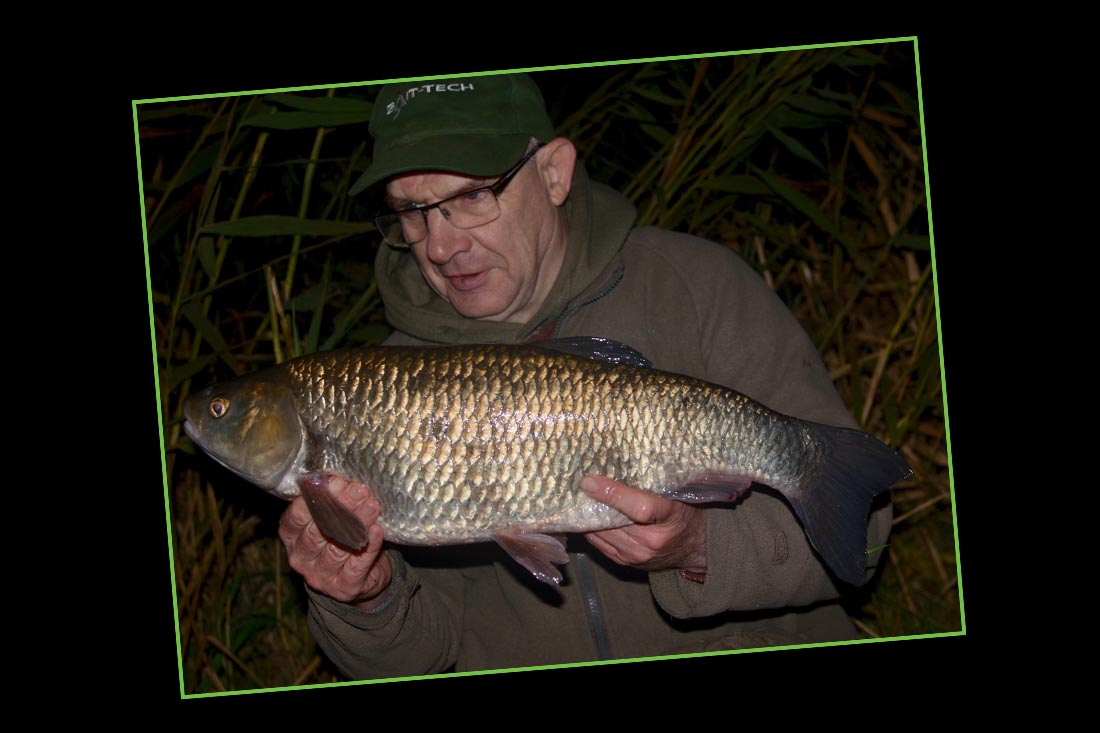
My rig… This is a rig that I have been using for over five years now. It is something I adjusted that was originally derived from my old mono rig. It came about when I managed to locate a group of big Chub and Barbel in an area where I could view and fish, without the disturbance of other anglers.
This was not easy, trying to keep prize fish like these a secret and trying my best not to make any swim clearance. Any tracks I used would be carefully covered up, making long detours round nettle beds and river side foliage, as it was crucial to avoid as little bank side disturbance as possible.
It was shocking how these big chub behaved over beds of baits, and their behaviour to rigs and hook baits. When the end tackle entered the water, it was amazing to observe how they reacted. I would be in my chest waders poking my head out the reeds watching and testing these monster river fish, trying to find a method to outwit them.
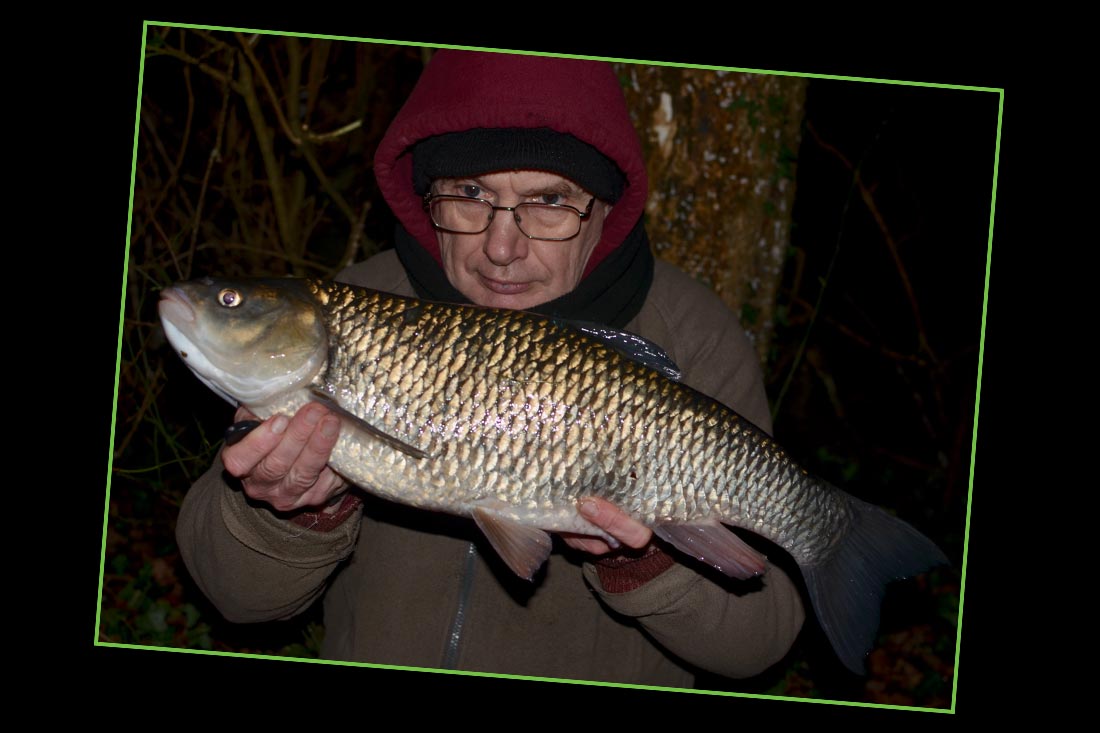
Over a period of two weeks I caught all the fish in the group. Fishing just evenings after work, I managed to observe and experiment with different setups in my chosen area with that group of big fish. I sat there, at times with no rod in the water, trying to come up with ways of out foxing them. I was trying to stop them finding my line on the riverbed, or mouth my hook baits with no indication whatsoever, because that is exactly what these fish could do, especially with braid, mono and fluorocarbon hook lengths. These chub were masters at picking the baits up and feeling the line tension.
Another challenge was getting my end tackle and bait into the water without all the fish vanishing in seconds, if that happened, they never returned until the next day. Using all the things I learnt from these sessions, I slowly came up with a routine of getting a baited rig in the water without disturbing or spooking any fish and using a rig they could not mouth without being hooked. I knew then that if I kept to this routine there was a good chance I was going to catch every time, if the fish were in the swim. As I had watched my methods work again and again, I knew I had a winning formula. From observing the reactions previously, I was 100% sure how they would react, and I would get almost instant bites. In essence being able to perfect everything allowed me to make incredible results.

The result of this experimentation was a method of moving the fish out the swim, for a long enough period of time to allow me to put the end tackle in position, even if the river was coloured with no visibility. I do this by dropping four boilies or pellets one at a time in the spot where the fish are. This four-bait disturbance is often just enough to move the fish long enough for me to get a baited rig in position, without totally spooking them. Use no more than four bait otherwise they may not return or may take a long time to do so. This is a tried and tested trick of mine and I use it on every recast.
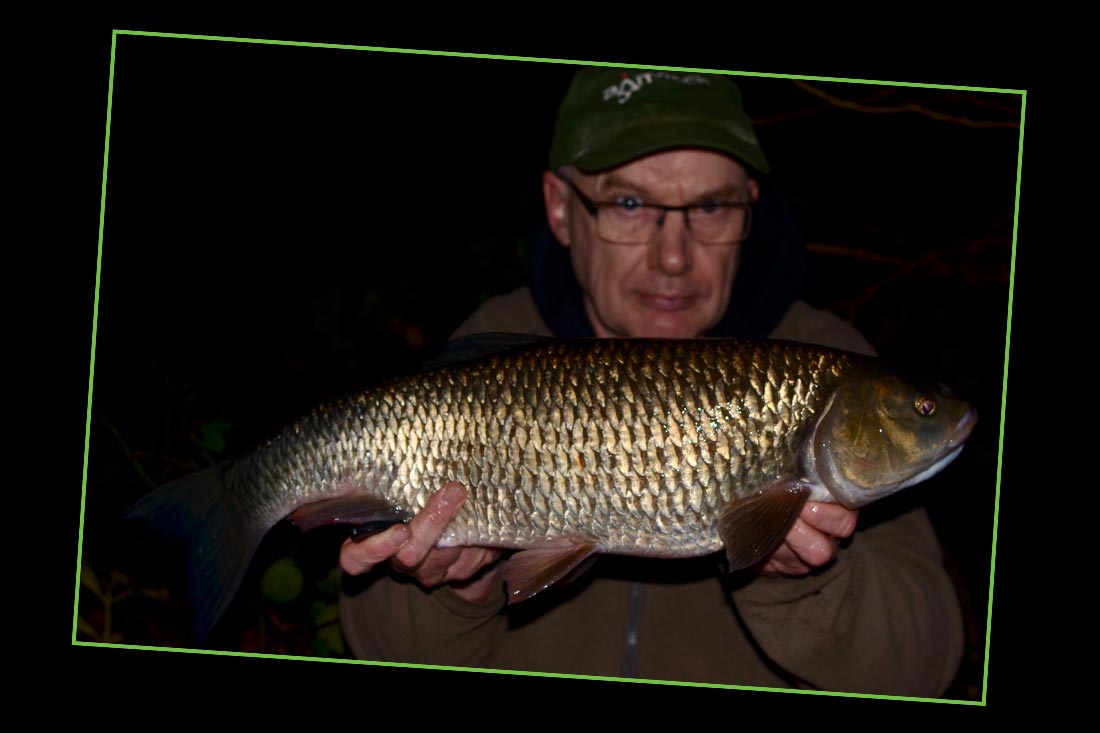
Adjusting my set-up and getting to know certain big fish on this very hard-pressured stretch of river was crucial, and highly addictive. The rig as it is today, starts with a size 10 Gardner Target Specimen hook with a normal sized bait. If I use a 10mm boilie then I go down to a size 12 hook. Then I use 8 to 10 inches of Mirage Fluorocarbon, which has the perfect amount of stiffness to it, to stop the hook being blown out with the boilie, that is mounted on a supple hair. Depending on any pulls from fish I will vary the length of the fluorocarbon. To attach the hook, I use a knotless knot and the same time trapping in a short length of Gardner Trickster brown 20lb braid as the hair that already has the loop tied in it. The hair is just long enough to let the hook lay flat. Finishing with a size 8 or 12 swivel tied on with a Palomar knot. It is simple, but undoubtedly the best Chub rig I have used.
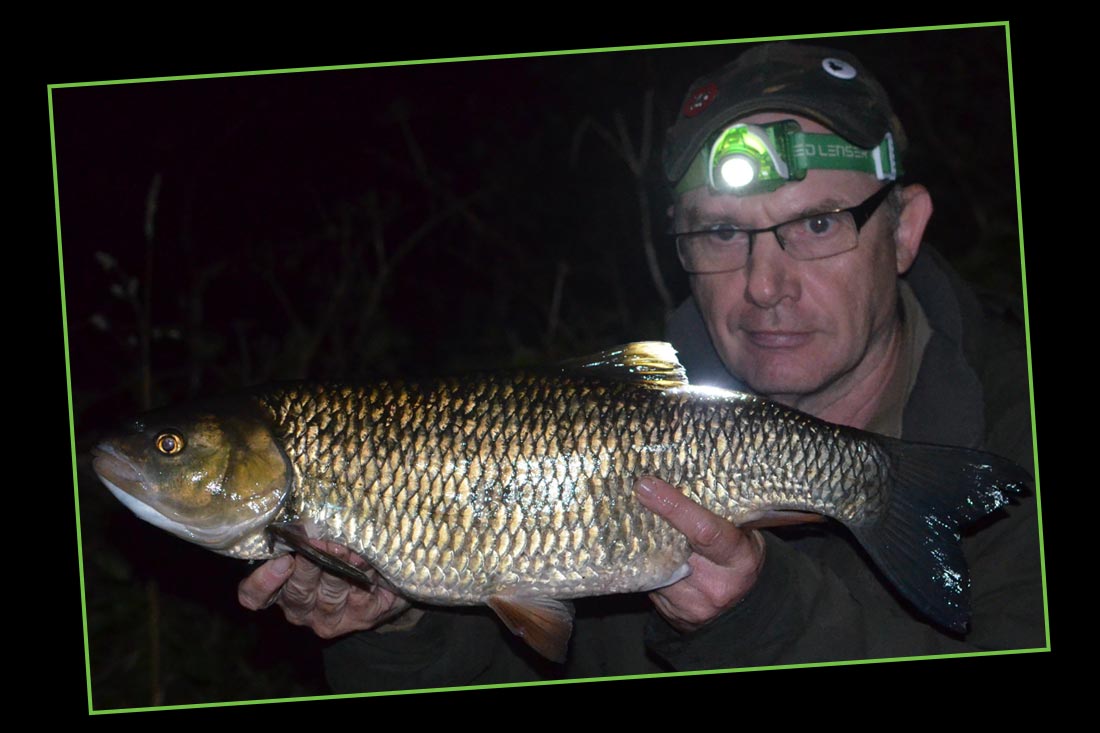


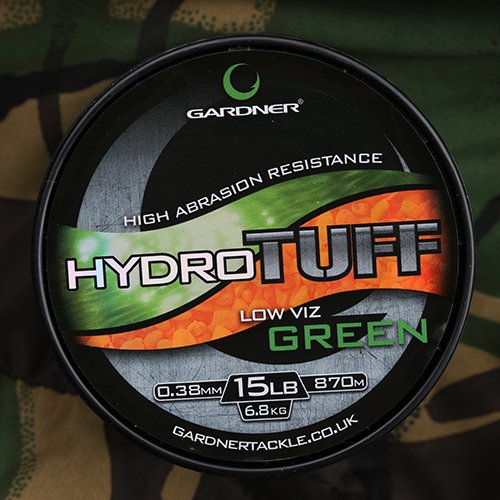
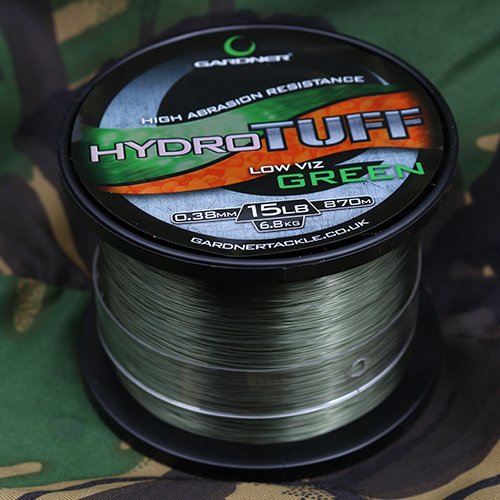
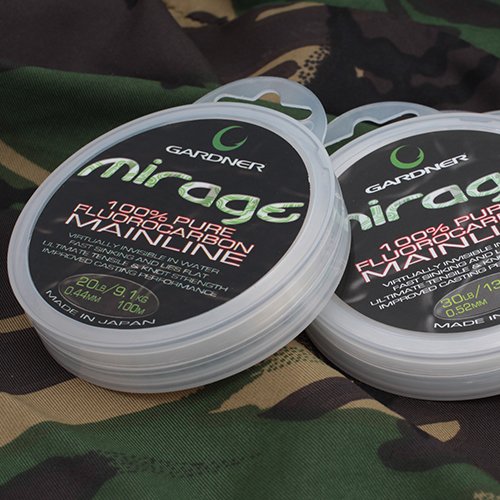
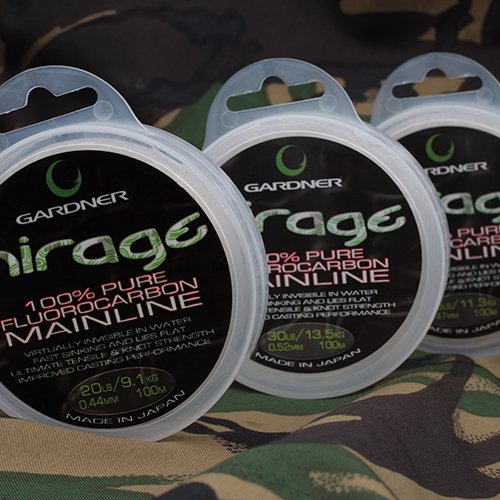
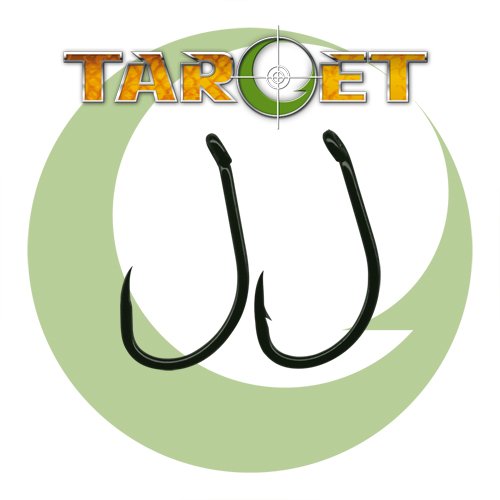

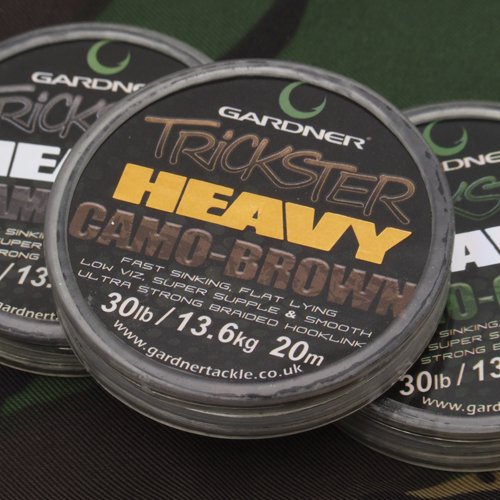
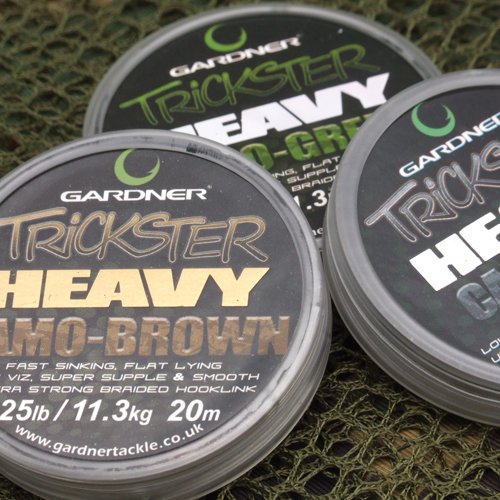
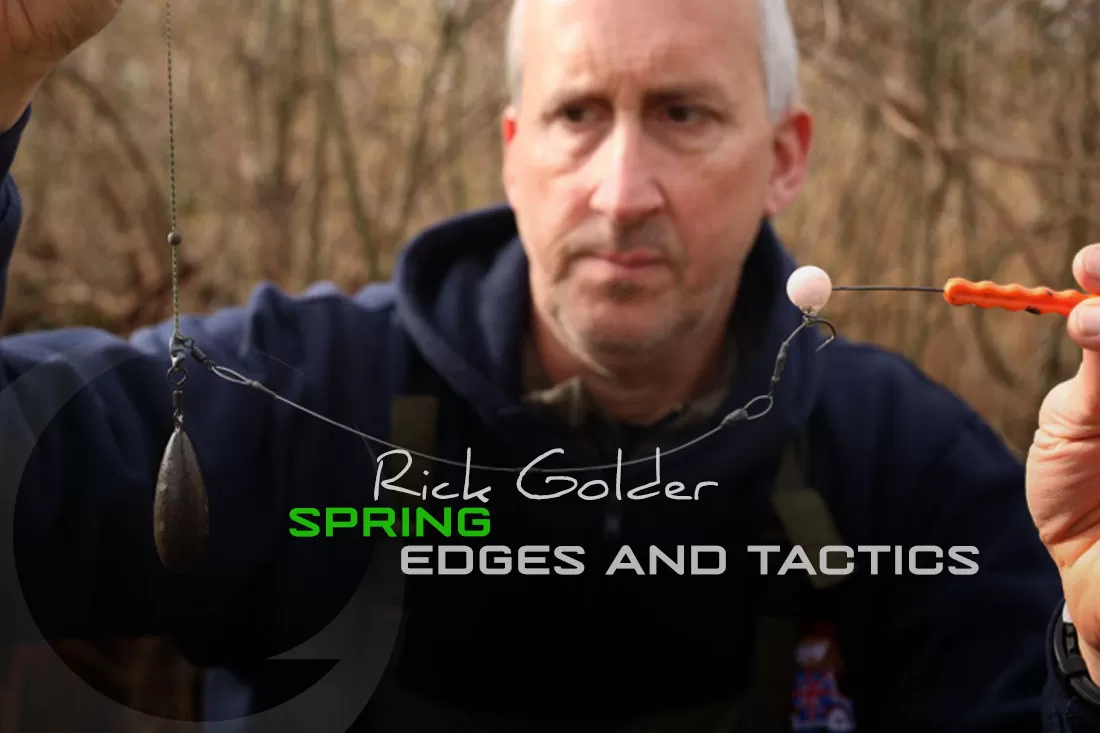
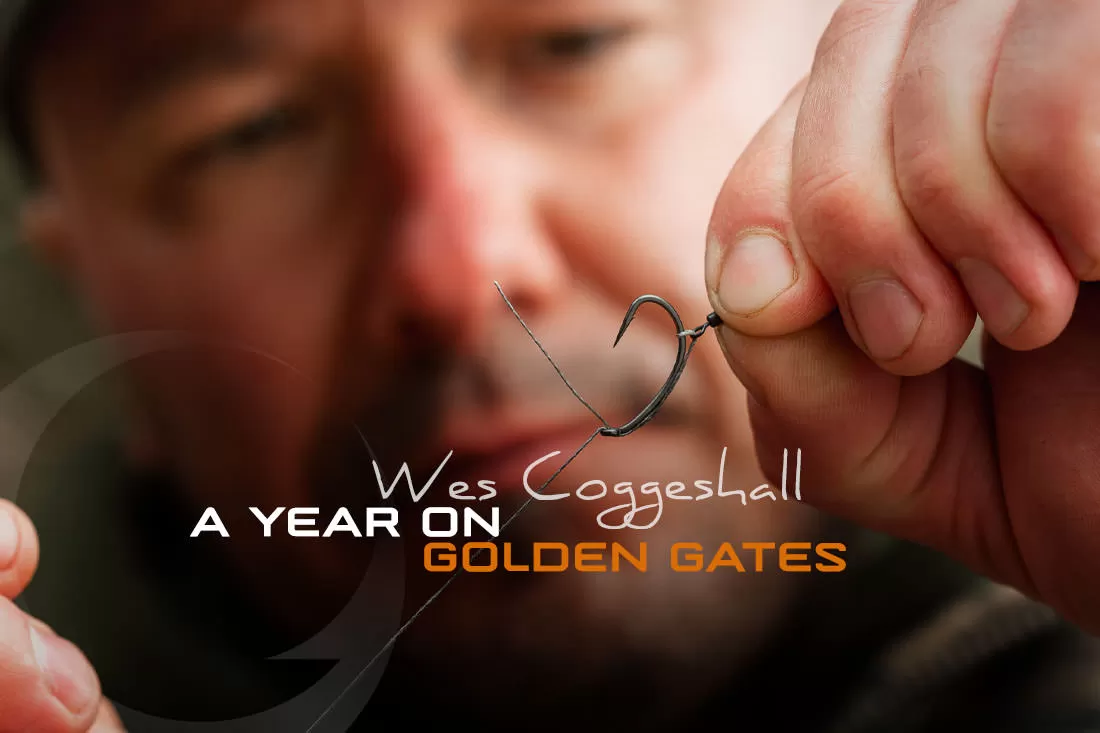
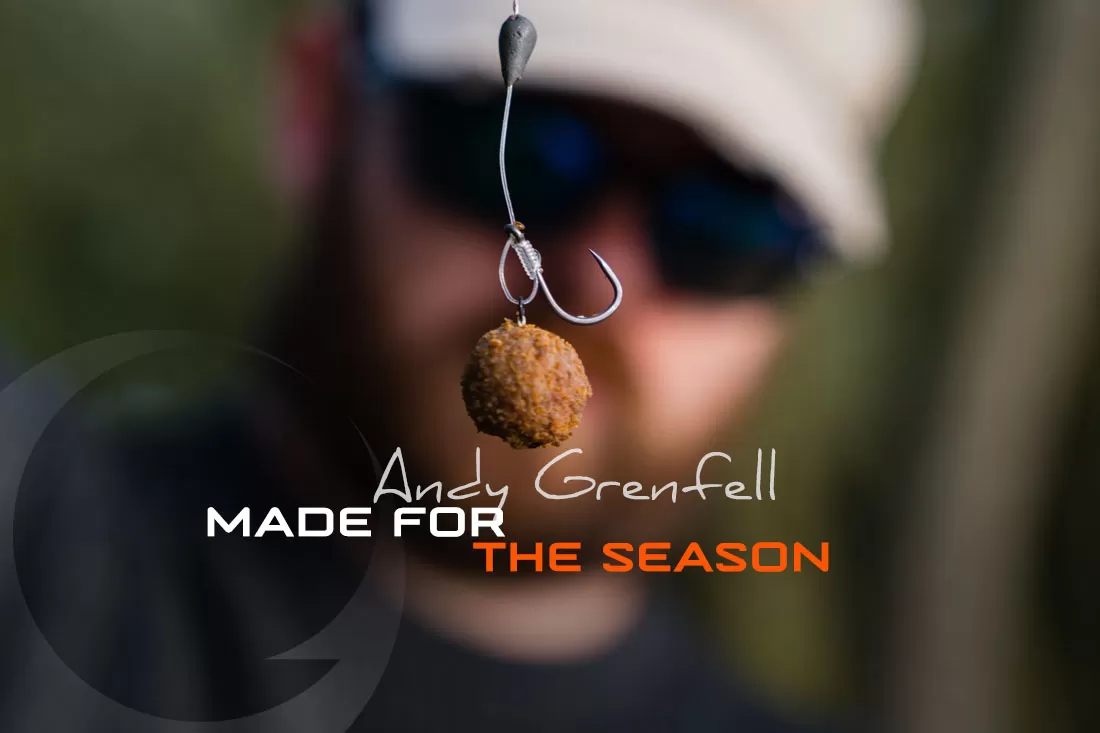
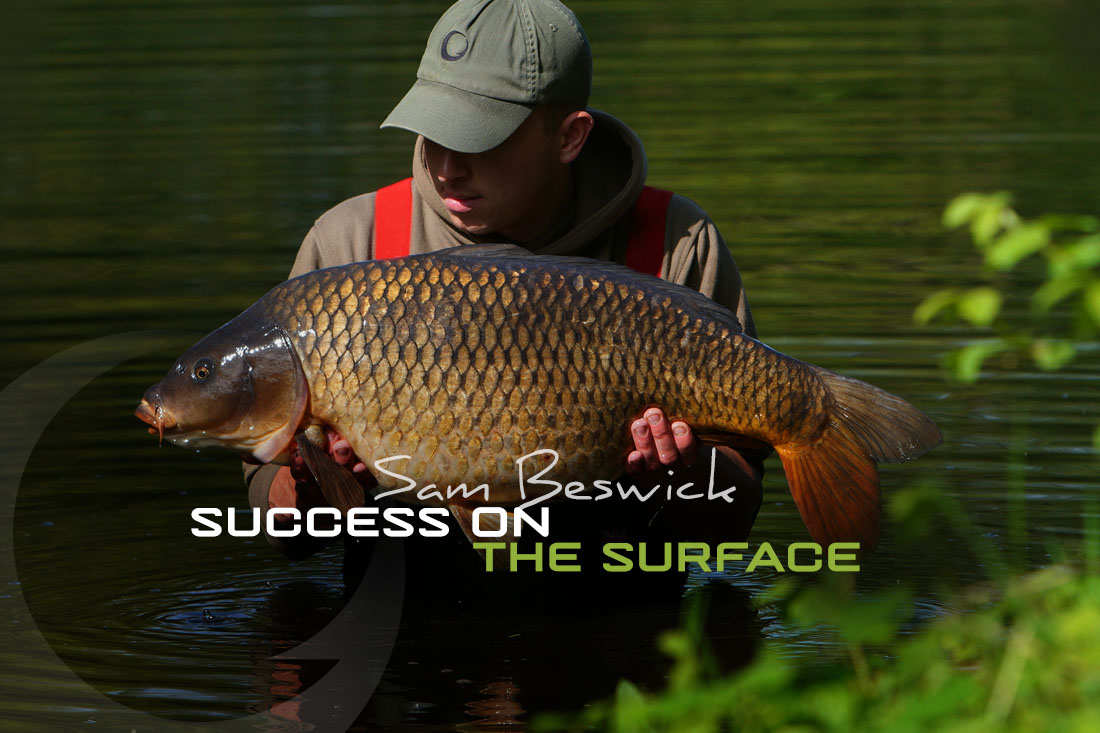
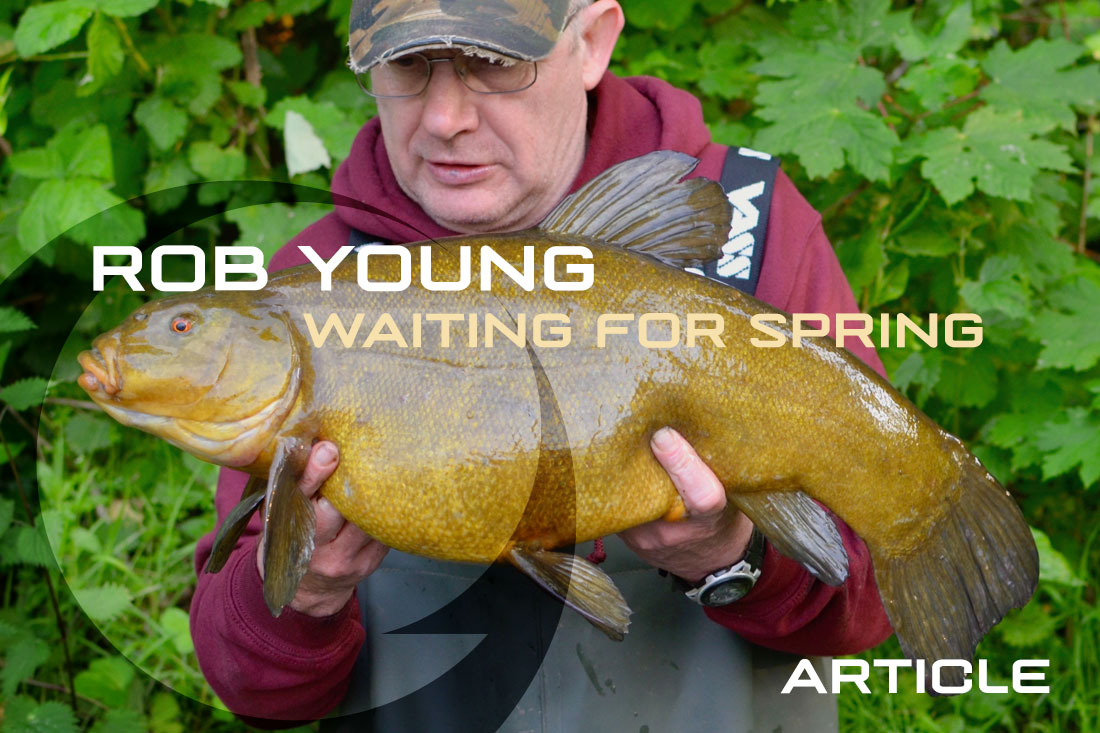
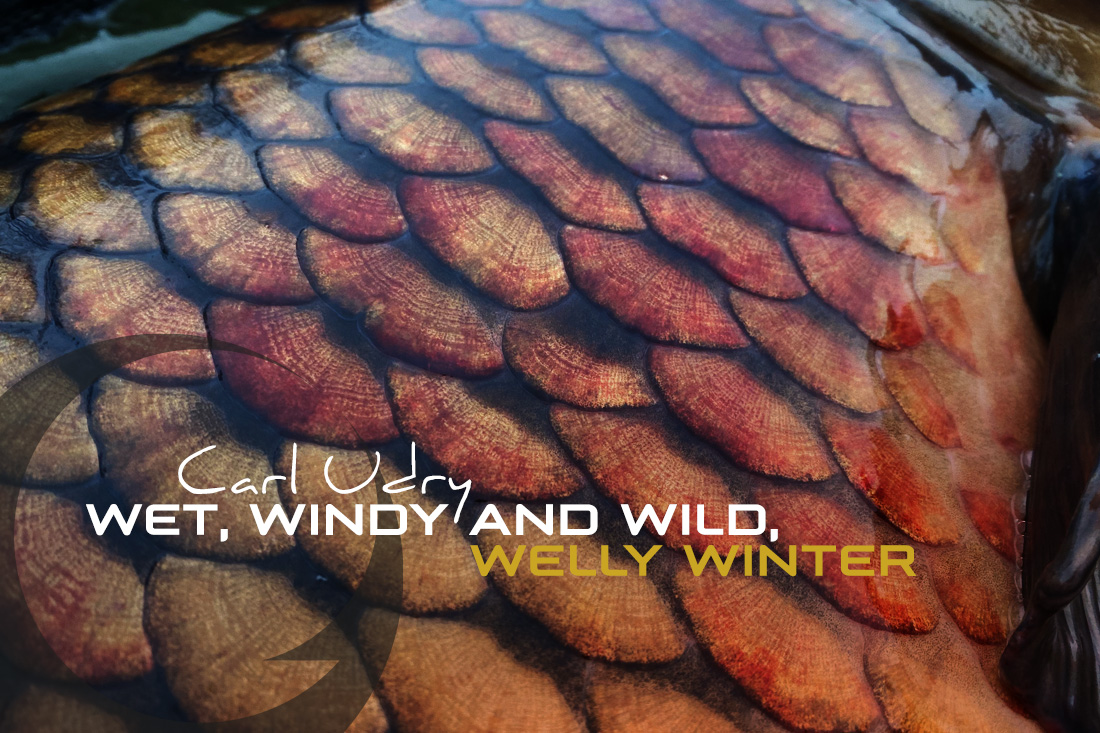
Absolutely brilliant article! Thanks
Best Chub article I’ve read in a very long time, thanks for sharing.
Excellent read as is usual.
A failsafe method based on observation and common sense.
Nothing added, nothing taken away.
Success breeds success, well fished.
Stay safe Rob.
Thanks Rob , as always a great read , good luck for the winter mate .